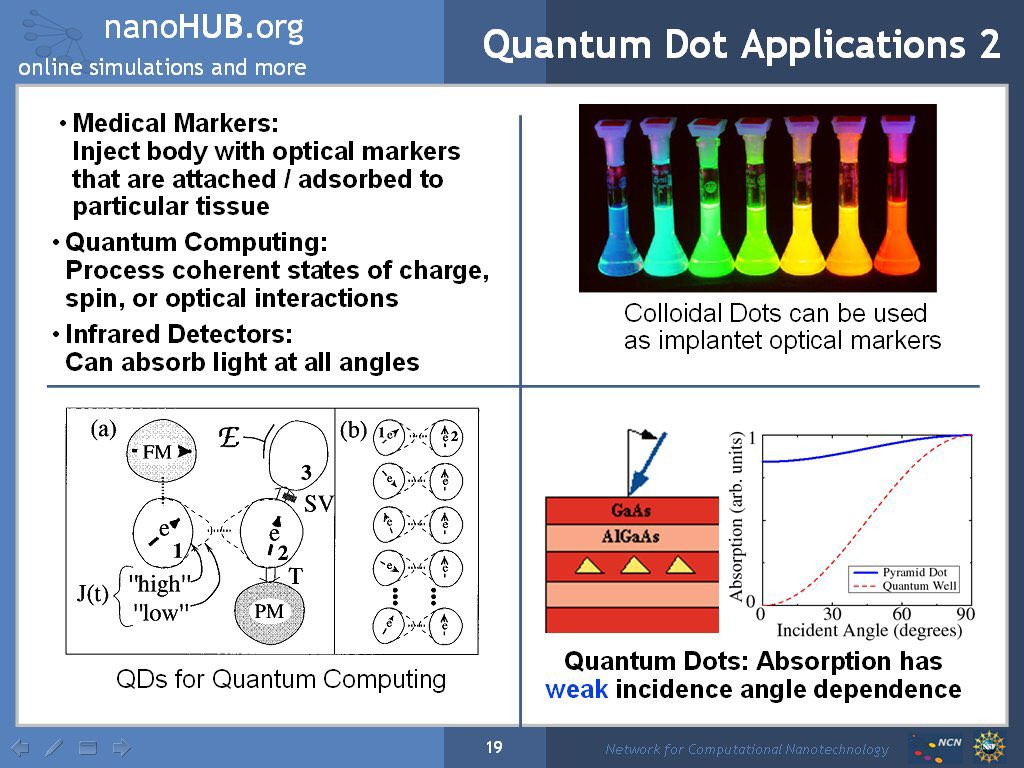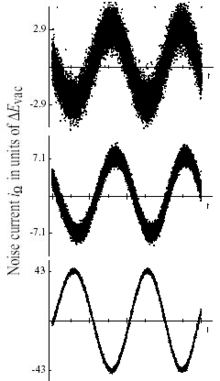Wife. Mother, Sister and Daughter of the Captain. Love My Country, My Flag and My President TRUMP. Listen, Verify & Lead - Loyal To The End
I do keep trying to understand this, but I just think it's above my pay grade. I'm sitting in the front of the class, but I still don't get it.
In classical optics, light is thought of as electromagnetic waves radiating from a source. Often, coherent laser light is thought of as light that is emitted by many such sources that are in phase. Actually, the picture of one photon being in-phase with another is not valid in quantum theory. Laser radiation is produced in a resonant cavity where the resonant frequency of the cavity is the same as the frequency associated with the atomic electron transitions providing energy flow into the field. As energy in the resonant mode builds up, the probability for stimulated emission, in that mode only, increases.
That is a positive feedback loop in which the amplitude in the resonant mode increases exponentially until some non-linear effects limit it. As a counter-example, a light bulb radiates light into a continuum of modes, and there is nothing that selects any one mode over the other. The emission process is highly random in space and time (see thermal light). In a laser, however, light is emitted into a resonant mode, and that mode is highly coherent. Thus, laser light is idealized as a coherent state. (Classically we describe such a state by an electric field oscillating as a stable wave.
Besides describing lasers, coherent states also behave in a convenient manner when describing the quantum action of beam splitters: two coherent-state input beams will simply convert to two coherent-state beams at the output with new amplitudes given by classical electromagnetic wave formulas; such a simple behaviour does not occur for other input states, including number states. Likewise if a coherent-state light beam is partially absorbed, then the remainder is a pure coherent state with a smaller amplitude, whereas partial absorption of non-coherent-state light produces a more complicated statistical mixed state. Thermal light can be described as a statistical mixture of coherent states, and the typical way of defining nonclassical light is that it cannot be described as a simple statistical mixture of coherent states


